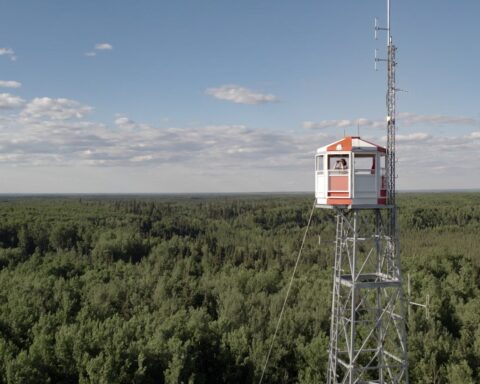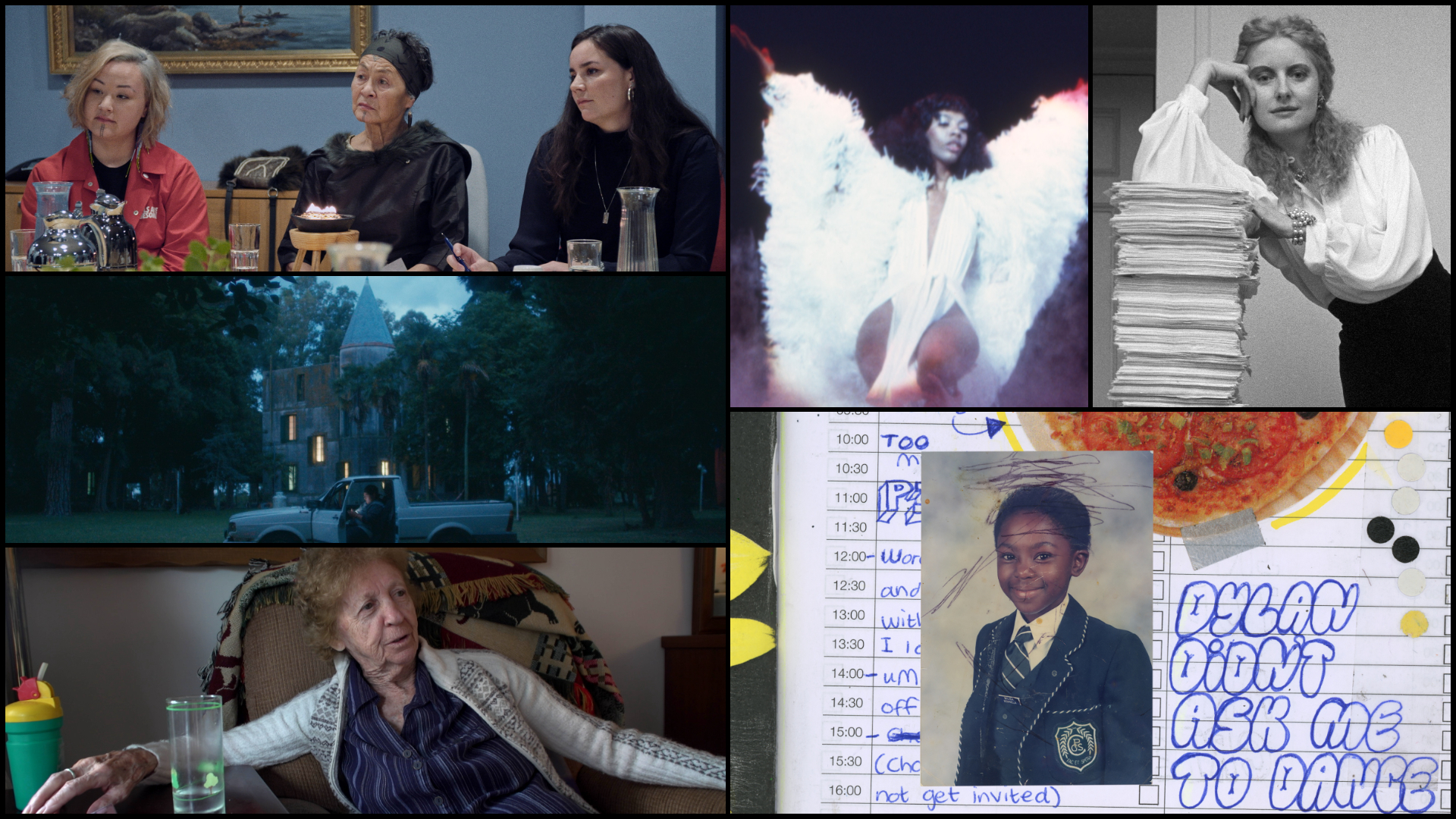River
(Australia, 75 min.)
Dir. Jennifer Peedom
River is a beautiful film. It’s just too bad that it’s about ten years late. River is a doc doppelgänger for Watermark (2013), the second part of Jennifer Baichwal, Nick de Pencier, and Edward Burtynsky’s environmental trilogy. Both films are visual essays about the power of water. They capture the beauty of this essential element. Water is a life force as told through these strikingly composed frames. Moreover, both films convey the direct impact that human activity has on bodies of water. They observe how humans rob the planet of its own blood by erecting dams, polluting fresh water supplies, and draining reserves through industrialized agriculture. River could wash over audiences in the way that Watermark did with seemingly effortless grace. However, it could also leave one feeling parched. It’s a truly cinematic odyssey, but it offers little beyond what Watermark delivered a decade ago with more might.
River, incidentally, is to Peedom’s Mountain (2017) what Watermark was to Manufactured Landscapes (2006). The film is a thematic sequel in Peedom’s environmental oeuvre. While Peedom’s Mountain looked at, well, mountains, River considers rivers with the same poetic and philosophical wonder. (Nifty titles, however, are a bit of an obstacle for Peedom, who also did the epic doc Sherpa about, well, Sherpas.) River continues Peedom’s look at the natural elements of the Earth. Breathtaking cinematography by Yann Arthus-Bertrand, Ben Knight, Peter McBride, and Renan Ozturk expertly conveys scale. Dazzling aerial shots capture the flow of rivers and their serpentine relationship to landscapes. River undeniably shows water in its full force.
Familiar Waters
However, many awe-inspiring locations in this globetrotting doc are the same ones depicted in Watermark. The dams in China, the densely populated Ganges in India, and the scorched landscapes that look like veins of maple leaves might evoke déjà vu even if there are varying degrees of framing and composition that distinguish one film from its predecessor.
Similarly, River echoes Mountain in that Willem Dafoe returns as narrator. He offers thought-provoking words of wisdom and lofty considerations about gods and men. His voice flows like the calmest of streams. Narration, though, isn’t necessary when the images are so powerful. Again, here’s where the likeness to Watermark puts River at a disadvantage: the earlier film conveys all these ideas without a single word. The visuals speak for themselves.
Peedom nevertheless has the chops to be in the same conversation as Baichwal, Burtynsky, and de Pencier. River, on its own, is powerful and provocative, if simply on a smaller scale. A moving score by the Australian Chamber Orchestra and Radiohead accentuate the grandeur of the images. The film travels the world in an ambitious, thoughtful visual essay that oscillates between horror and hope. Ten years after Watermark, many of the same concerns flow as rivers change worldwide. Evidently, you can step into the same river twice—the temperature of the water just changes a little.













